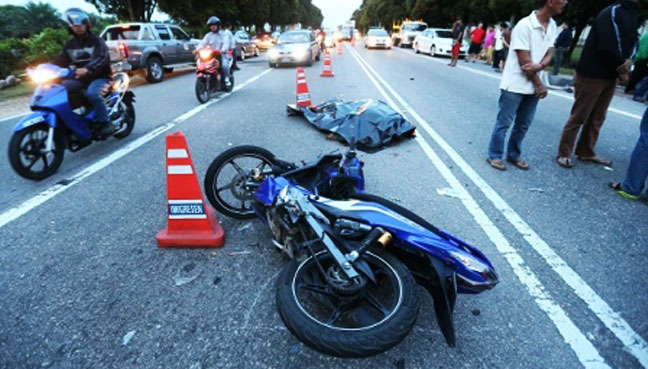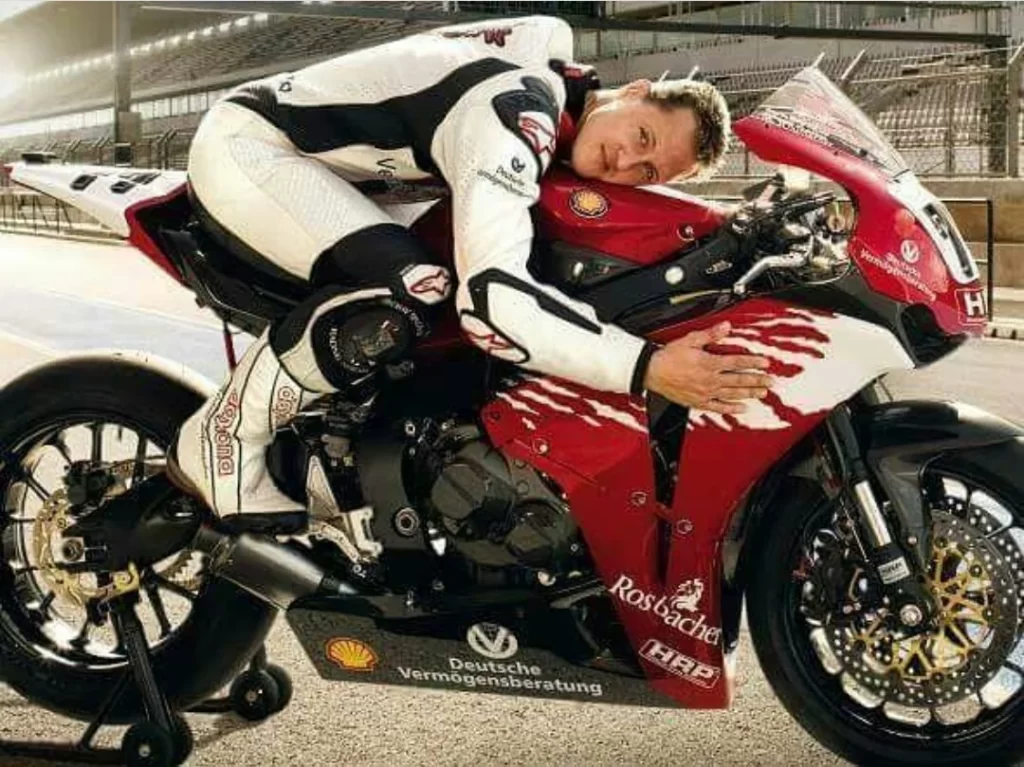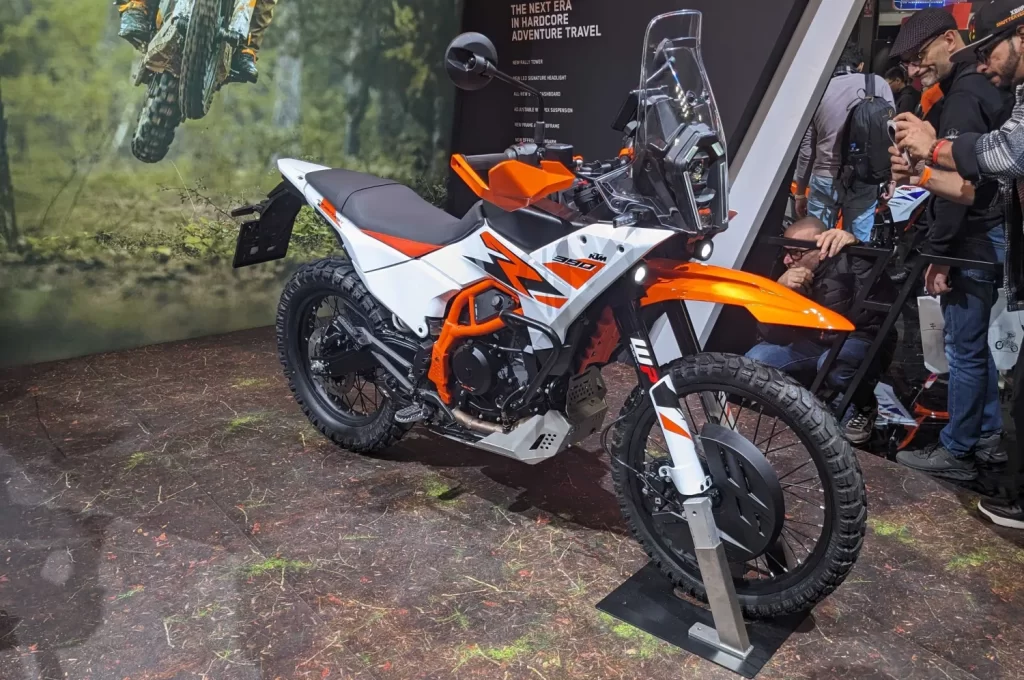-
According to the WHO, Malaysia has the third highest rate of road accident deaths in ASEAN and Asia.
-
Malaysia recorded a 23.6/100,000 road accident fatality rate which equals 7,152 cases.
-
More than 60% were motorcyclists and pillions.
We published a report months ago about Thailand being the deadliest in terms of road accidents in ASEAN and Asia, but a new report shows that Malaysia is in third place. The report was based on the WHO Global Status Report on Road Safety (2018).
But here’s another look, especially since Malaysia is the “third deadliest.”
Rate vs. number
There’s been concern about reports highlighting accidents as rates i.e. XX/100,000, compared to pure numbers.
For example, India has the most deaths due to road accidents in the world. The rate was a relatively low 22.6/100,000 (lower than even Malaysia’s 23.6/100,000) due to the sub-continent’s massive population of more than 1.3 billion. In actual fact, 150,785 were killed in 2016.
Another instance was Indonesia who recorded 31,282 road accident fatalities in 2016. However, it became one of the “safest” as the rate was an incredibly low 12.2/100,000 due to her 261 million population.
However, rates serve as a method of looking at the number of people among the population who is likely to be involved in a fatal road accident.
More Malaysian data
A report in The Star Online today has shed some light with some raw data.
Again, the WHO report in December 2018 includes data from 2016.
In 2016, there are:
- A total of 27,613,120 vehicles in Malaysia.
- 13,123,638 were cars and four-wheeled light vehicles.
- 12,677,041 were motorized two- and three-wheelers.
- 1,191,310 heavy trucks.
- 59,977 buses.
- 561,154 other types of vehicles.
The writer also highlighted that a total of 91% of motorcyclists wear helmets, while 87% of their passengers did. There was still no concrete number of deaths involving motorcyclists, but it is a well-known fact that it constitutes to approximately 60% or higher.
But more alarmingly, the writer stated that only 75% of the motorcyclists killed wore helmets. We think that there may be some discrepancy in this number, but it could be that the victims involved must have lost their helmets due to improper fastening or wearing old and/or non-regulated helmets.
Motorcyclists bear the brunt
It’s no surprise that we motorcyclists bear the brunt of road accidents, regardless of the party at fault. But the motorcycle is the only form of transportation some of us could afford. The WHO acknowledges this by saying, “It is also a social equity issue with vulnerable road users bearing a disproportionate share of risk, injury and fatality.”
What needs to be done
The BikesRepublic.com team have been harping on the need to revamp our driver training methodology and syllabus for many years, even before the start of this magazine. This call has fallen on deaf ears.
Road users be they car drivers, motorcyclists, truck/bus drivers are taught on the procedures needed to pass their licensing tests and little more else. Yes, there’s the addition of theory lessons to the traditional highway code but how many actually remember even 10% of that? Every student is only looking forward to obtaining his license.
Thus, the best way to teach driving etiquette and skills is at the practical level. Which is unfortunately missing. This is what really should be done instead of setting everyone loose on the roads and them figure everything out by themselves. Worse, everyone blames everyone else.
Isn’t it better than subjecting the people to punitive measures while saying that you wish for accident rates to come down? It won’t happen automatically.
The authorities should look into this if they are really serious about lowering accident and fatality rates.
Source: World Health Organization and The Star Online


















